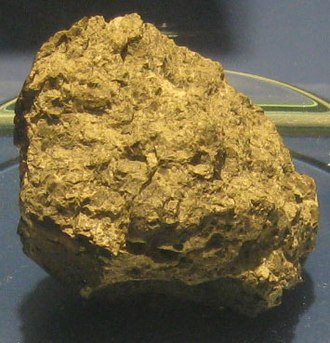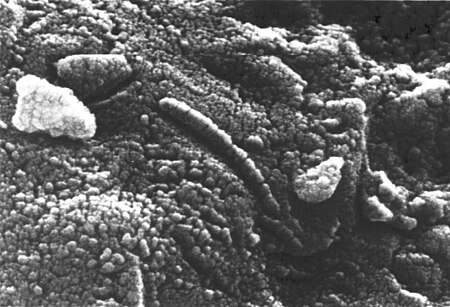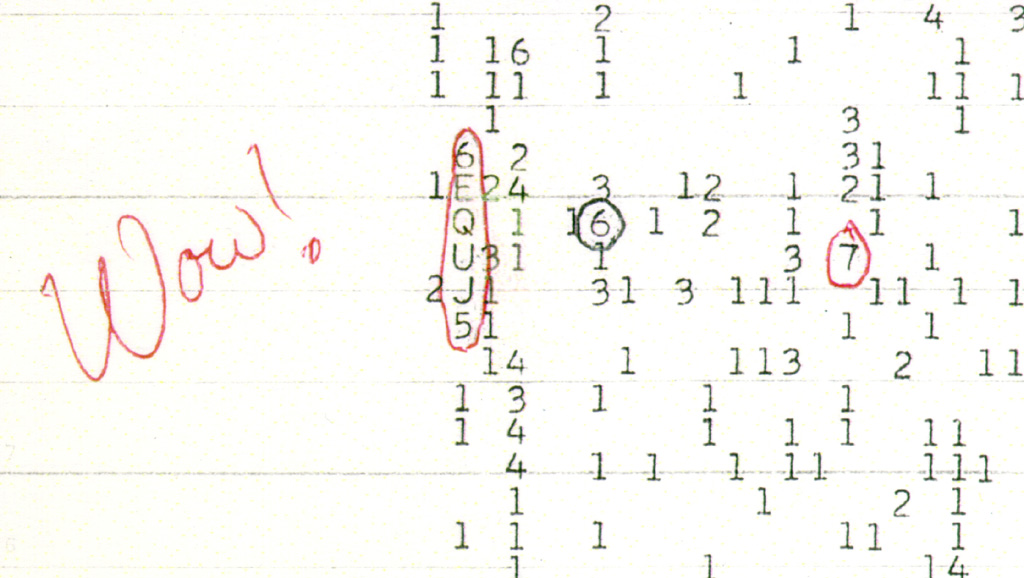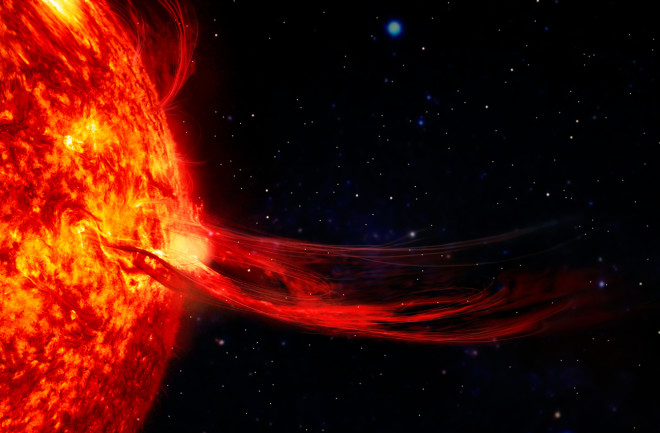Aliens or Rocks? The Curious Case of Allan Hills 84001

ALH84001 on display at the Smithsonian Museum of Natural History
On December 27, 1984, in the vast, frozen Antarctica, amid desolation and ice, a group of intrepid explorers stumbled upon an extraordinary treasure. It’s not gold or diamonds, but something more interesting – a fragment of a Martian meteorite called Allen Hill 84001 (ALH84001).
A Mysterious Wanderer
ALH84001 is no ordinary stone; it’s a Martian meteorite, and it has a story to tell. The alien rover weighs 1.93 kilograms (4.3 pounds) and is thought to be one of the oldest Martian meteorites, having crystallized from lava 4.091 billion years ago. That’s almost as old as our solar system itself!
But what’s even more interesting is that this Mars voyager may be carrying signs of life from another world. In 1996, scientists announced surprising news: Microscopic features resembling bacterial fossils were discovered in ALH84001. The discovery shocked the scientific community and made headlines around the world.
Life Beyond Earth?

Electron microscopy revealed chain structures resembling living organisms in meteorite fragment ALH84001 Source: Wikipedia
Imagine the excitement – we may have discovered evidence of life on Mars, hidden in rocks that traveled across the cosmic abyss to reach us. The news was so far-reaching that even then US President Bill Clinton officially announced it on television.
The structures found in ALH84001 are very small, ranging from 20 to 100 nanometers in diameter. They resembled bacteria-like life forms but were smaller than any cellular life known at the time. These structures raise tantalizing questions about the possibility of extraterrestrial life
Debate and Controversy
However disagreement quickly ensued, as with every significant scientific discovery. Some claimed that these formations were evidence of early Martian life, while others put forth competing theories. It was proposed that these structures might not represent remains of extinct creatures but rather the product of inorganic processes.
The inorganic explanation is currently preferred by the scientific community. It turns out that morphology by itself is insufficient to distinguish primitive life. Such structures can be interpreted in various ways, and identical features have been artificially produced in the laboratory without any biological input.
A Cosmic Mystery Lives On
So, the question of whether ALH84001 holds evidence of Martian life remains unresolved. Regardless, the appeal of this modest Red Planet rock continues to enchant scientists and space fans alike.
ALH84001 reminds us that in the vast cosmos, there are mysteries waiting to be unraveled. Whether or not it contains traces of extraterrestrial life, this meteorite serves as a reminder of our insatiable curiosity about the universe beyond our home planet.





